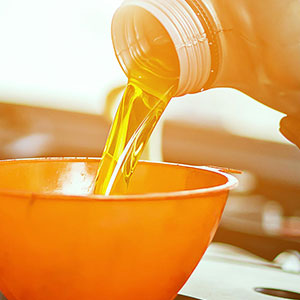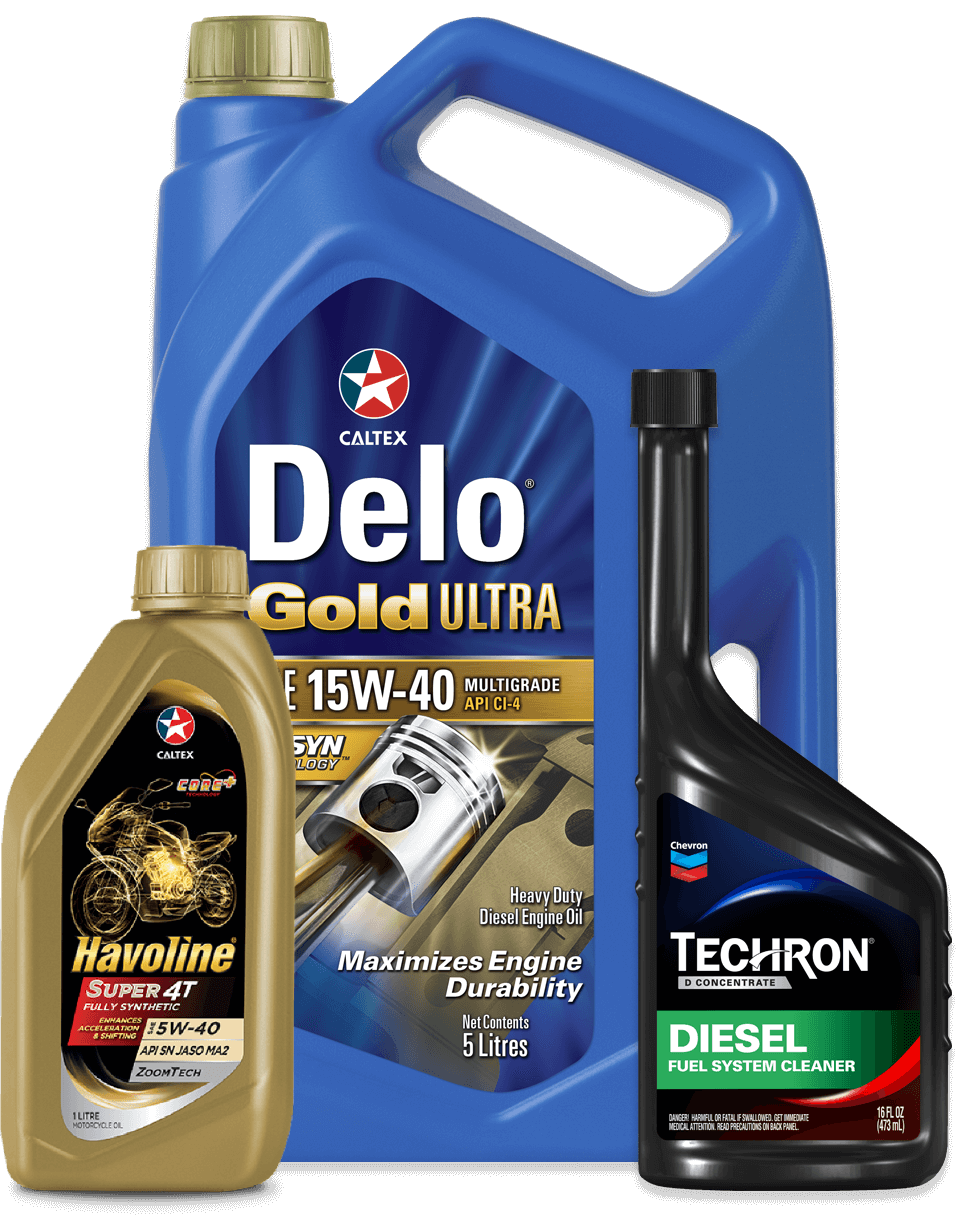We’ve written quite extensively on the benefits of oil analysis and the proper methods of sampling oil for testing. Many of our customers know from experience that a routine laboratory analysis of in-service oil can help predict and prevent equipment failure or maintenance issues caused by oil contaminants.
But what exactly does an oil analysis tell you? What kind of information does it yield?
Oil analysis is, of course, a valuable preventive maintenance tool which can help identify potential problems before it leads to a major repair.
An oil analysis broadly covers parameters to measure:
- Machine wear
- Contamination
- Degradation
Oil analysis often points to the types and levels of contaminants in the oil as well as the possible causes of contamination. Labs also include indicators of equipment wear that warrant further investigation. For instance, the lab flags areas of concern using either a 1-4 ranking or a green, yellow and red-light system, red indicating an area that needs immediate attention.
Specific key parameters
Oil viscosity is one important factor that the lab conducting oil analysis looks at. The engine operating conditions can change the oil’s viscosity from the grade on the label. For mobile equipment, the engine, transmission and gear oils are measured at 100°C while for industrial applications, the oil is measured at 40°C.
If the oil viscosity is either much higher or much lower than the standard, it is a sign that the oil is breaking down, thickening, oxidized or cross-contaminated with another product. In all of the cases, it means that the oil requires changing right away.
Presence of metal elements. The lab also looks at the additives in engine oils- additives such as zinc, phosphorous, calcium and magnesium. If parts per million (PPM) levels of these additives are consistent, it is a good sign, that the oil is not experiencing cross-contamination.
The presence of wear metals, such as iron, copper or tin, provides evidence of equipment wear. If the metal particles are increasing in number, it’s possible that excessive wear is taking place and the equipment from which the sample came needs to be inspected closely.
Water contamination and acid levels. The analysis also tells whether the oil experienced excessive water contamination.
The lab may also look at the acid and base numbers. Acid levels indicate the extent to which the oil is overheating or oxidizing. The base number measures the alkaline reserves in the oil, which offset the acid and help prevent corrosion. If the acid number is too high or the base is too low, the oil needs to be changed.
Coolant levels. Oil analysis can also detect a coolant leak within the engine. Water or glycol may vaporize as soon as they leave the cooling system, but the contaminants in the coolants leave traces of sodium, potassium or boron in the oil, which are indicators of a coolant leak.
Levels of silicon and aluminium, the basic components of dirt, are clear indicators of an air intake filtration leak letting dirt into the combustion chamber. High levels of chromium suggest that the resulting abrasion is wearing the chrome off the piston rings.
Conclusion
Some level of contamination is bound to occur. The lab analyses if these levels are within the limits of tolerance for a particular application. That is why proper and detailed identification of the sample including oil brand, grade, hours on oil and equipment, application and filtration are so important. The lab’s report may also include recommendations to check certain aspects of the equipment such as the air intake system or wear items that may explain abnormalities in the oil. Armed with this information, you can be better prepared to take preventive action to protect your equipment, extend its useful life, minimize downtime and avoid premature replacement costs.
We’ve written quite extensively on the benefits of oil analysis and the proper methods of sampling oil for testing. Many of our customers know from experience that a routine laboratory analysis of in-service oil can help predict and prevent equipment failure or maintenance issues caused by oil contaminants.
But what exactly does an oil analysis tell you? What kind of information does it yield?
Oil analysis is, of course, a valuable preventive maintenance tool which can help identify potential problems before it leads to a major repair.
An oil analysis broadly covers parameters to measure:
- Machine wear
- Contamination
- Degradation
Oil analysis often points to the types and levels of contaminants in the oil as well as the possible causes of contamination. Labs also include indicators of equipment wear that warrant further investigation. For instance, the lab flags areas of concern using either a 1-4 ranking or a green, yellow and red-light system, red indicating an area that needs immediate attention.
Specific key parameters
Oil viscosity is one important factor that the lab conducting oil analysis looks at. The engine operating conditions can change the oil’s viscosity from the grade on the label. For mobile equipment, the engine, transmission and gear oils are measured at 100°C while for industrial applications, the oil is measured at 40°C.
If the oil viscosity is either much higher or much lower than the standard, it is a sign that the oil is breaking down, thickening, oxidized or cross-contaminated with another product. In all of the cases, it means that the oil requires changing right away.
Presence of metal elements. The lab also looks at the additives in engine oils- additives such as zinc, phosphorous, calcium and magnesium. If parts per million (PPM) levels of these additives are consistent, it is a good sign, that the oil is not experiencing cross-contamination.
The presence of wear metals, such as iron, copper or tin, provides evidence of equipment wear. If the metal particles are increasing in number, it’s possible that excessive wear is taking place and the equipment from which the sample came needs to be inspected closely.
Water contamination and acid levels. The analysis also tells whether the oil experienced excessive water contamination.
The lab may also look at the acid and base numbers. Acid levels indicate the extent to which the oil is overheating or oxidizing. The base number measures the alkaline reserves in the oil, which offset the acid and help prevent corrosion. If the acid number is too high or the base is too low, the oil needs to be changed.
Coolant levels. Oil analysis can also detect a coolant leak within the engine. Water or glycol may vaporize as soon as they leave the cooling system, but the contaminants in the coolants leave traces of sodium, potassium or boron in the oil, which are indicators of a coolant leak.
Levels of silicon and aluminium, the basic components of dirt, are clear indicators of an air intake filtration leak letting dirt into the combustion chamber. High levels of chromium suggest that the resulting abrasion is wearing the chrome off the piston rings.
Conclusion
Some level of contamination is bound to occur. The lab analyses if these levels are within the limits of tolerance for a particular application. That is why proper and detailed identification of the sample including oil brand, grade, hours on oil and equipment, application and filtration are so important. The lab’s report may also include recommendations to check certain aspects of the equipment such as the air intake system or wear items that may explain abnormalities in the oil. Armed with this information, you can be better prepared to take preventive action to protect your equipment, extend its useful life, minimize downtime and avoid premature replacement costs.

About Author
With over 35 years in the oil and gas industry, Dan Holdmeyer has worked for Chevron the past 14 years, serving in a variety of capacities with the company in addition to his current post as Industrial and Coolants Brand Manager where he works as a lubrication engineer that supports Chevron Delo and other related lubricants brands. He plays an integral role in supporting and managing a variety of programs related to off-highway and on-highway lubrication needs. Dan also works as Chevron’s Training Specialist for their Global Lubricants division since joining the company. Prior to joining Chevron, Dan worked as a Field Engineer at Mobil Oil Corporation for 20 years (1979-99) after graduating from the University of Missouri-Columbia with a Bachelor of Science in Chemical Engineering.
ARTICLES FOR YOU
ARTICLES FOR YOU

Trends in Passenger Car Motor Oils: Evolving Engine Technology Driving Change

GM’s dexos1™ PCMO Specification Knowledge

How Synthetic Oils Are Helping Cars Last Longer

Synthetic Oils Are The Wave Of The Future For Passenger Cars
Need more assistance?
Begin your journey towards world class products and services with Caltex.













